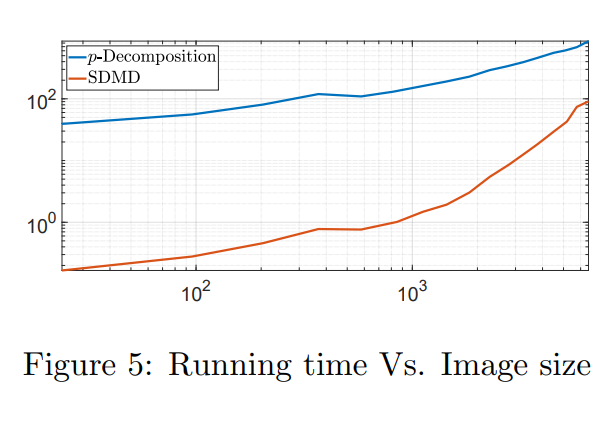Ido Cohen, Guy Gilboa, arXiv preprint 2107.07456, 2021
Abstract
This work binds the existence of Koopman Eigenfunctions (KEF’s), the geometric of the dynamics, and the validity of Dynamic Mode Decomposition (DMD) to one coherent theory. Viewing the dynamic as a curve in the state-space allows us to formulate an existence condition of KEF’s and their multiplicities. These conditions lay the foundations for system reconstruction, global controllability, and observability for nonlinear dynamics.
DMD can be interpreted as a finite dimension approximation of Koopman Mode Decomposition (KMD). However, this method is limited to the case when KEF’s are linear combinations of the observations. We examine the limitations of DMD through the analysis of Koopman theory. We propose a new mode decomposition technique based on the typical time profile of the dynamics. An overcomplete dictionary of decay profiles is used to sparsely represent the dynamic. This analysis is also valid in the full continuous setting of Koopman theory, which is based on variational calculus.
We demonstrate applications of this analysis, such as finding KEF’s and their multiplicities, calculating KMD, dynamics reconstruction, global linearization, and controllability.



